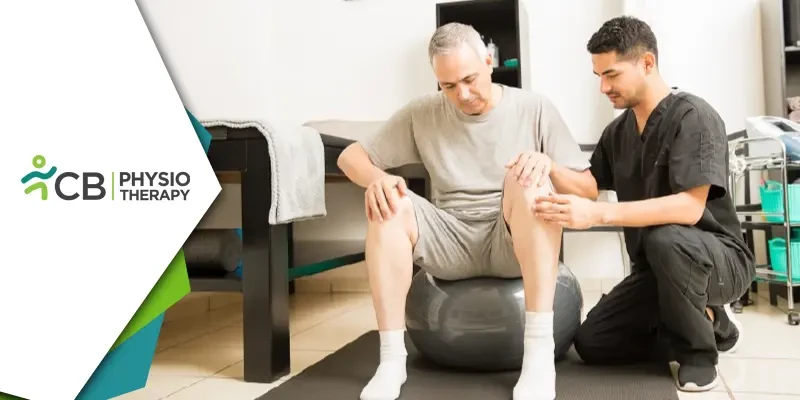Neuroma excision, the surgical removal of a painful nerve tumor or thickening, often involves meticulous post-operative care to ensure optimal recovery and prevent complications. One of the most crucial aspects of this care is physiotherapy. If you've recently undergone neuroma excision or are preparing for the procedure, understanding the role and benefits of physiotherapy can significantly enhance your recovery journey. This blog will delve into why physiotherapy is essential after neuroma excision, what to expect, and tips for a successful rehabilitation process.
Understanding Neuroma and Neuroma Excision
A neuroma, often called a "nerve tumor," isn't a true tumor but rather a benign growth of nerve tissue that can cause severe pain, burning, and discomfort. Common types include Morton’s neuroma, usually found between the third and fourth toes, and other types affecting various body parts. When conservative treatments such as medication, orthotics, or injections fail to alleviate symptoms, surgical excision may be necessary.Neuroma excision involves removing the affected nerve segment to relieve pain and restore function. While the surgery itself can be straightforward, the post-operative period requires careful attention to rehabilitation to ensure full recovery and regain function.
Role of Physiotherapy in Post-Neuroma Excision Recovery
Physiotherapy plays a pivotal role in the recovery process following neuroma excision. Here’s why:1: Pain Management: Post-surgical pain is common. Physiotherapists use techniques such as manual therapy, ice application, and gentle mobilizations to manage pain effectively.
2: Swelling Reduction: Swelling control is crucial to prevent complications and promote healing. Elevation, compression, and specific exercises can help reduce swelling.
3: Improved Mobility: Surgery can lead to stiffness and limited range of motion. Physiotherapy includes exercises and stretches that help restore normal movement.
4: Strength Restoration: After surgery, the affected area may experience weakness. Targeted strengthening exercises are essential to regain muscle function and support the surrounding structures.
5: Scar Tissue Management: Scar tissue can lead to adhesions and restricted movement. Physiotherapists use massage and mobilization techniques to prevent excessive scar formation.
6: Gait Training: For neuromas affecting the feet, physiotherapy includes gait training to correct any walking abnormalities and ensure proper biomechanics.
What to Expect During Physiotherapy?
Initial AssessmentYour physiotherapy journey begins with a thorough assessment. The physiotherapist will evaluate your surgical site, assess your pain levels, range of motion, strength, and functional limitations. This assessment forms the basis for a personalized treatment plan.
a) Early Post-Operative Phase
In the initial weeks following surgery, the focus is on:
Pain and Swelling Control: Using modalities like ice, compression, and elevation.
Gentle Mobilization: To prevent stiffness without overloading the healing tissue.
Basic Exercises: Simple range-of-motion exercises to maintain joint flexibility.
b)Intermediate Phase
As healing progresses, the physiotherapy regimen intensifies:
Strengthening Exercises: Gradually increasing in intensity to rebuild muscle strength.
Functional Training: Exercises that mimic daily activities to restore normal function.
Balance and Proprioception: Especially important for foot neuromas, to improve stability.
c) Advanced Phase
In the later stages, the focus shifts to:
Advanced Strength Training: For full restoration of muscle power.
High-Level Functional Activities: Preparing you for return to work, sports, or other activities.
Scar Tissue Mobilization: Continued management to ensure flexibility and movement.
Physiotherapy after neuroma excision is essential for a successful recovery. It addresses pain, swelling, mobility, and strength, ensuring you return to your normal activities as quickly and safely as possible. By understanding what to expect and actively participating in your rehabilitation program, you can significantly enhance your recovery outcomes and enjoy a pain-free life post-surgery.

